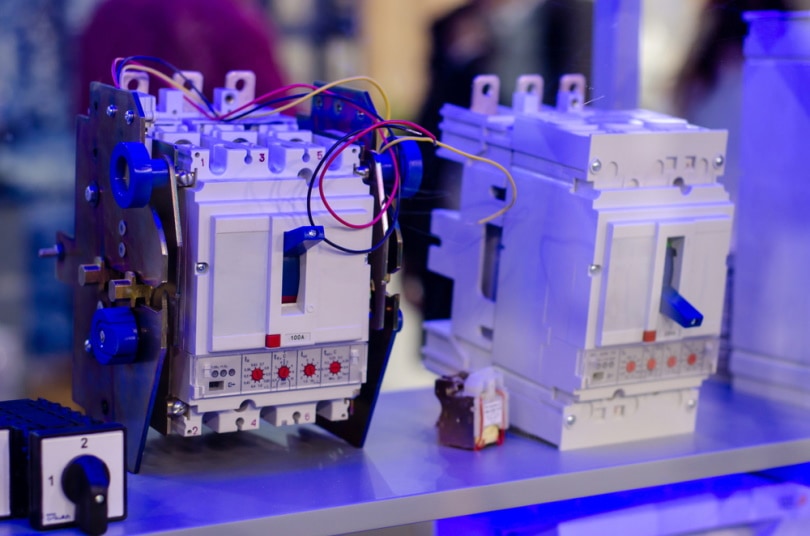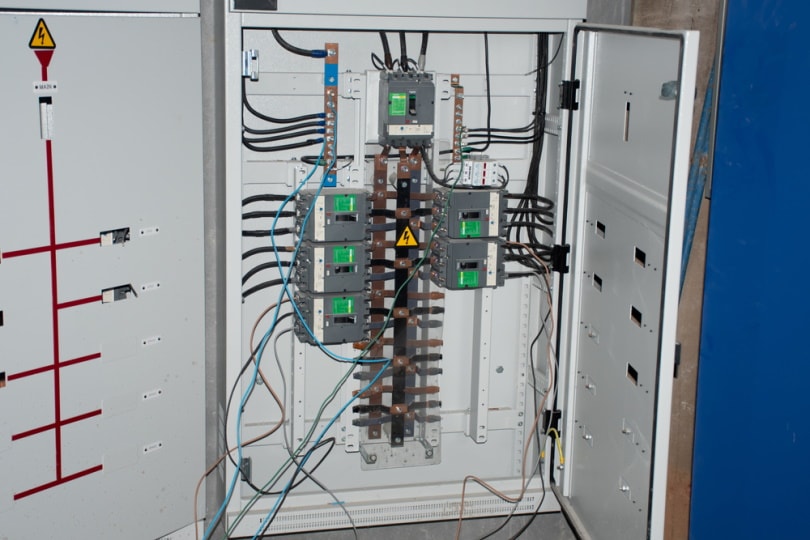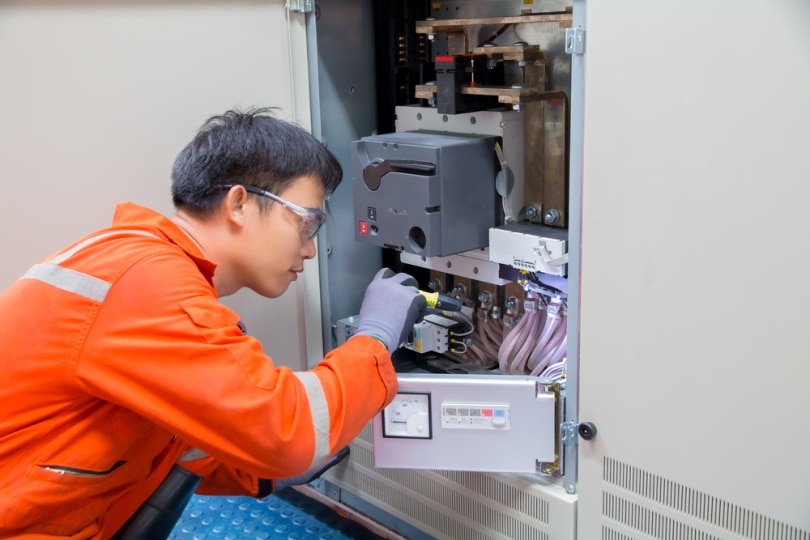How Much Does It Cost to Install a Transfer Switch for a Generator? (2025 Update)
-

- Last updated:

It takes more than a working generator to get your essential items back up and running during a power failure. A transfer switch is the most critical component of a backup generator setup, ensuring the safe and effective use of the generator’s power for various devices, appliances, and systems in your home. The cost can range from $400–$2,000.
Before buying a generator, your transfer switch is a crucial consideration. To help you prepare an effective auxiliary power system for your home, we’ll detail how much it costs to install a transfer switch for a generator.

The Importance of the Transfer Switch
A transfer switch is a mini circuit breaker consisting of 6–10 available circuits, which sits next to the circuit breaker in your home. You choose which connections you want on backup in case of a power outage, and an electrician routes those circuits through the switch.
When the power is on, the switch sits in the “utility” position, allowing the flow of electricity to come from the utility line and go into the home. If the power goes out, the switch can flip to the “generator” setting, allowing it to draw electricity from the generator and power the select circuits.

- Convenience: A transfer switch is a game-changer if the power goes out. The built-in hookup makes it convenient to turn on the power. Rather than run long extension cords through doors and walkways to a limited number of items, all you have to do is flip a switch and turn on your generator.
- Versatility: The convenience is beneficial enough to justify investing in a transfer switch. But the most significant advantage is that there’s no limit to what you can power. Without a transfer switch, you can only power items with an accessible plug, such as a refrigerator. Essential hardwired systems, such as your house lights, water heater, A/C, furnace, and water pump, can only get power through a circuit breaker or transfer switch.
- Safety: Transfer switches keep only one power source (utility line or generator) connected to your home at all times. Hooking a standby generator up to the home’s electrical panel can be dangerous. When the power comes back on, the electric line and the generator will supply power simultaneously. That can put utility workers at risk of electrocution because it can send a surge back through the utility line. It can also damage the electrical systems in the home, presenting a fire hazard.
Manual vs. Automatic Transfer Switches
You have two options for generators: portable or standby. Portable generators come out when needed, run on gasoline, and produce less power than standby generators. Standby generators are permanent fixtures that run on natural gas or liquid propane. They are quieter, more powerful, and all-around better performers, but they are much more expensive.
The type of generator will determine the type of switch you can use. A portable generator needs a manual one. These switches are usually the cheapest options but require you to change the circuits from “utility” to “generator” and back by hand every time the power turns off or on. Since most people are smart enough not to leave their portable generator permanently hooked to the generator-to-home cable and running at all times, an automatic switch wouldn’t work.
If you have a standby generator, you can use an automatic transfer switch. Since the generator is always ready to spring into action, an automatic switch can kick your power back on without making you get up. They’re more expensive than manual switches, but it saves you tons of hassle if you’re in an area prone to power outages.
How Much Does It Cost to Install a Transfer Switch?
The cost to install a transfer switch, including electrician labor, can range from $400–$2,000. The final cost will depend on several factors, including:
- Type of transfer switch (manual or automatic)
- Transfer switch size (6-circuit or 10-circuit)
- Amp requirements
- Installation complexity
For the switch, expect to pay $300–$500 for a manual version and $400–$800 for an automatic switch. A 6-circuit model is the less expensive option, and you can upgrade to a 10-circuit for about $100 extra. Electrician costs can range from $100–$500, but the installation usually only takes 3–4 hours to complete.

Additional Costs to Anticipate
The transfer switch and installation are the only costs to consider when setting up a complete backup generator system. You also have to think about the cost of the generator, whether you do a standby or portable generator, and the installation difficulty.
You’ll need a generator-to-home cord and an inlet box to complete the installation. The cord connects to your generator and meets the electrical wiring running to the transfer switch at the power inlet box. The box can cost anywhere from under $20 to over $200.
The length and amperage of your generator-to-home cord are its primary price factors. If your generator sits farther away from your inlet box, you will need a longer run and typically have to pay more. The cords generally cost between $20 and $300.
Although you can buy these components individually, many transfer switches come with inlet boxes and cords in all-inclusive kits; some even come with the generator. These packages range in price from about $350 to $1,000 or more.

Does Insurance Cover a Generator Transfer Switch?
Homeowner’s insurance should cover a transfer switch because it’s a fixed part of the home, but it won’t have coverage under every circumstance. Many events like fires or burst pipes are standard in an insurance policy, but extreme weather events like floods, earthquakes, or hurricanes often require additional coverage.
Can I Install a Transfer Switch Myself?
While you may feel comfortable installing a transfer switch, you should never attempt to do so. Working on an electrical panel is extremely hazardous, even for experienced DIYers, so you must hire an insured professional.
An expert electrician can efficiently and safely install the new system and even help take care of permits. Plus, they can guarantee that you choose an appropriate product.

Conclusion
If extended power outages are more than a once-in-a-lifetime occurrence in your area, it’s worth it to research a transfer switch for your home. With this pricing guide, you now have a starting point to begin searching for the ideal home setup. But before buying the first one that fits your budget, talk to a knowledgeable electrician to understand viable transfer switches and other options for your home so you can make the most informed decision.
Featured Image Credit: Lutsenko_Oleksandr, Shuttertock
Contents
